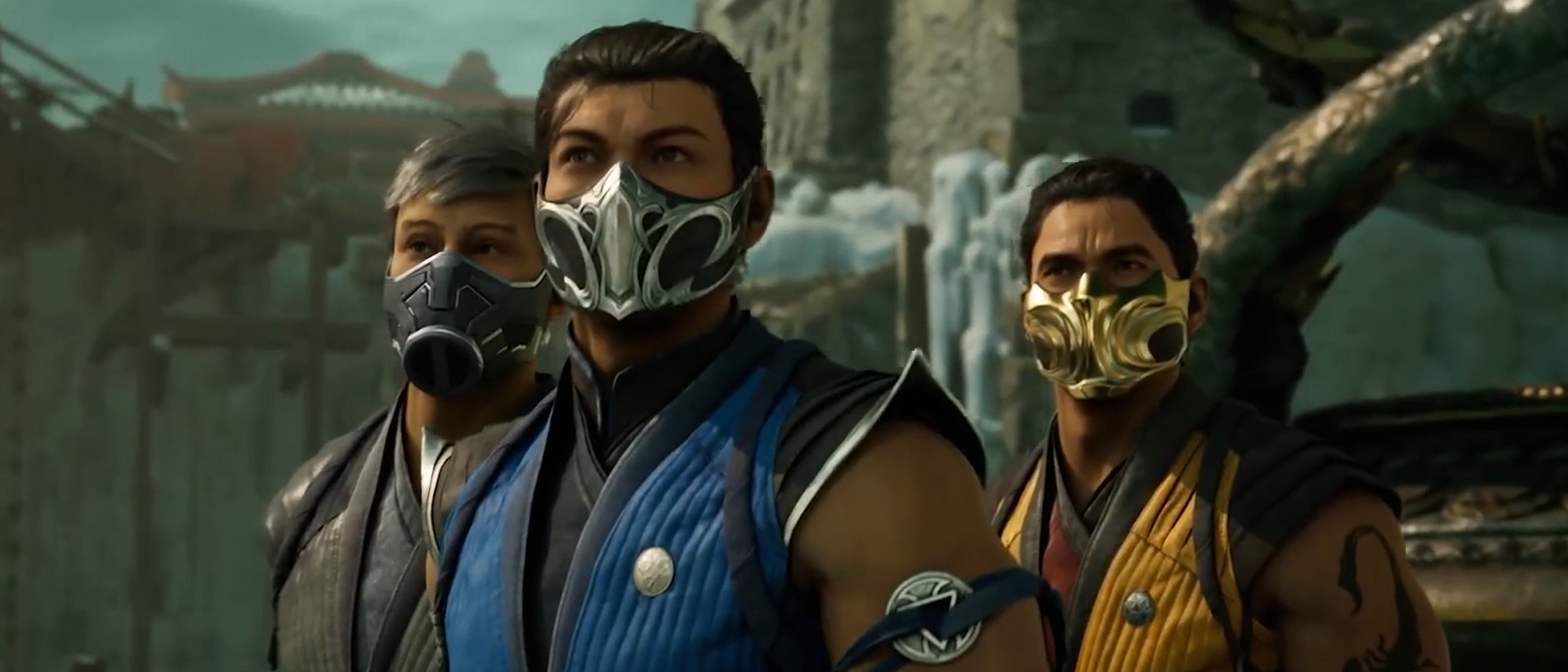TechRadar Verdict
Mortal Kombat 1 takes the series back to its roots but also innovates with exciting new aerial combat, a game-changing Kameo system, and a thoughtfully designed roster to be the most mechanically deep and engaging entry in the franchise yet.
Pros
- +
Expansive roster
- +
Excellent aerial combat and Kameo system
- +
Compelling story mode
Cons
- -
Invasions mode gets repetitive
- -
Unlocking gear and skins is slow
- -
Gore could be too intense for some
Why you can trust TechRadar
Platform reviewed: PS5
Available on: PS5, PC, Xbox Series X|S, Nintendo Switch
Release date: Early Access Sep 14, full release Sep 19
If you’re all in on brutal and bloody fighting game action then Mortal Kombat 1 has it in spades. When you look closer, however, you’ll find some of the most polished combat of the entire series, a great narrative, a wealth of content to explore, and exciting new additions that mean that the latest entry in NetherRealm Studios' saga is one of the best fighting games you can play right now.
Mortal Kombat 1 had an uphill battle ahead of it, serving as both a sequel and a soft reboot to over 30 years of established franchise history. With that said, the 12th mainline entry in the series excels across the board by going back to what made the bloody brawler so enthralling in the first place. This is reflected in an intelligently designed roster and a return to stripped-back fighting game fundamentals that make this one a series best.
One thing that NetherRealm has always been good at delivering is its single-player content in its fighting games - Mortal Kombat 1 is no exception. The centre piece is the new story which takes around eight hours to complete. The plot follows Raiden, now EarthRealm’s champion, after the Fire God Liu Kang restarted history. You’ll also see the Lin Kuei at the height of its power, and Outworld during peacetime in a story that goes in unexpected directions. While billed as a reboot this narrative is actually intertwined with the previous trilogy of NetherRealm-developed titles (spanning Mortal Kombat (2011) to Mortal Kombat 11, but spins its own yarn and is the sharpest writing the team has delivered yet.
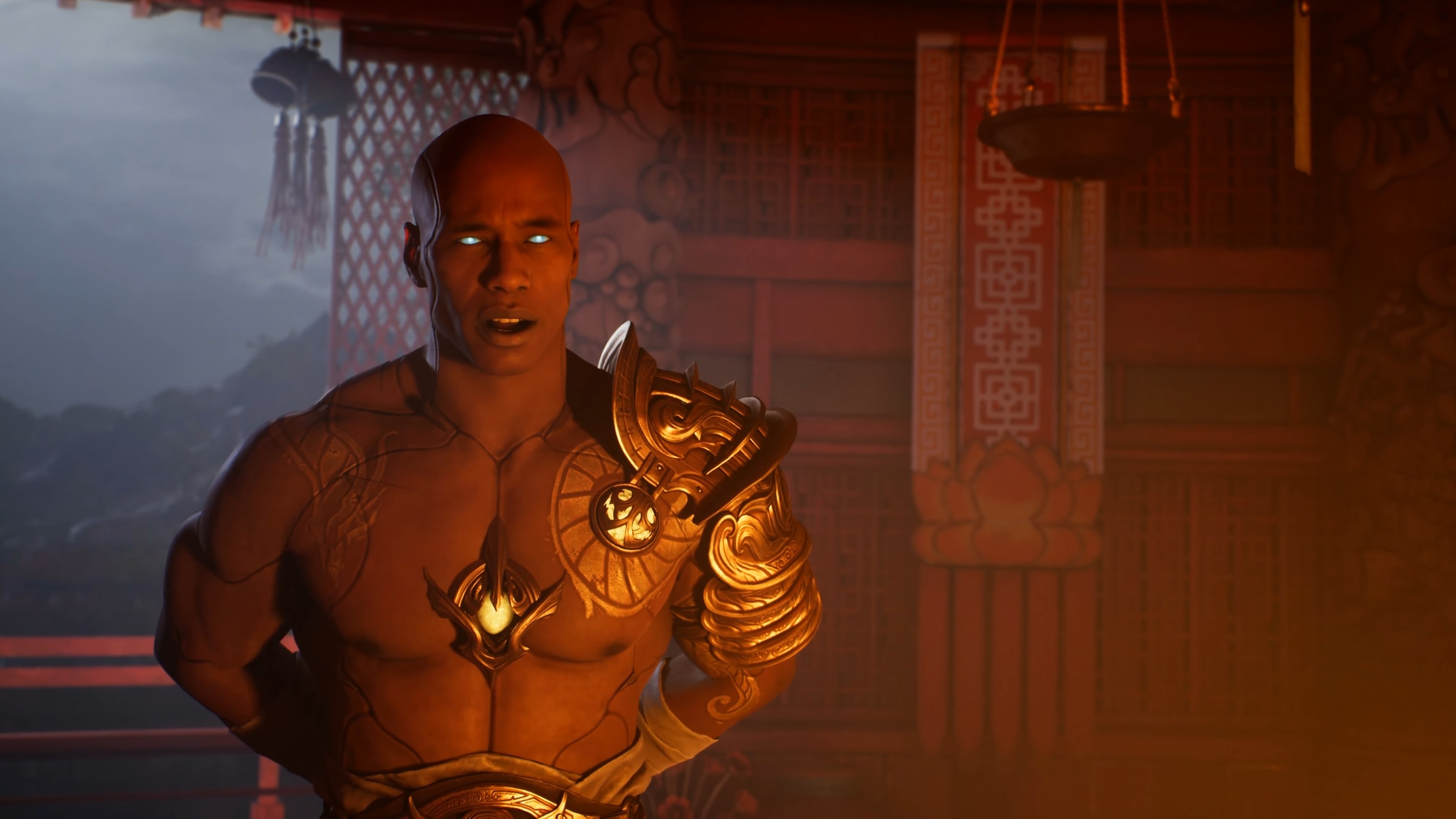
Despite the attempts made at making the story as self-contained as possible, it is still likely to alienate some newcomers. That’s because the events are tied into the previous game, Mortal Kombat 11, so if you missed NetherRealm’s last outing, you could struggle to put all the pieces together. Furthermore, as the story develops it unravels and starts to draw in influences from throughout Mortal Kombat history, with several moments likely leaving new players nothing but confused. It plays out in chapters where you assume control of a member of the roster for a few fights in between lengthy cinematics. You earn new characters and cosmetics for finishing each chapter, so it’s definitely worth experiencing at least once.
It’s the narrative that will raise a few eyebrows among long-time fans as characters have been brought back in new ways. Sub Zero and Scorpion show up in all new forms, while thunder god Raiden appears as a young mortal man. Liu Kang’s fiddling with the timeline has changed the world fundamentally, so while you might recognize the characters here, they’ll often act in ways you wouldn’t expect. For example, sharp-toothed and blade-armed Baraka is a good guy now, for example. This story is a complete rework of the franchise's established lore, which builds to an epic conclusion.
New to Mortal Kombat 1 is the Invasions mode which replaces the Krypt and is a mixture of a board game and top-down RPG. The main reason for exploring these areas, which are fleshed-out environments based on the core stages, is to unlock chests that contain goodies like concept art, character palettes, new skins, brutalities, fatalities, and other cosmetics. While these dioramas have heart and charm, the actual process of finding and getting these items is long and drawn out. That’s because each encounter takes place as a single-round fight with a reskin of a member of the roster. While initially novel, these quickly grow tiresome as the repetition sets in.
Outside of this, there are the tower modes with varying difficulty levels, as well as survivor, and an endless gauntlet option. The three main difficulties are Novice, Warrior, and Champion where you go up against six, eight, and 10 opponents respectively, and Survivor mode means you keep your health bar from your prior fights. When you do choose to fight other players, there’s local co-op, and online options that include ranked and casual play, with Kombat League returning as well as King of the Hill making a reappearance.
Sign up for breaking news, reviews, opinion, top tech deals, and more.
Time for a makeover
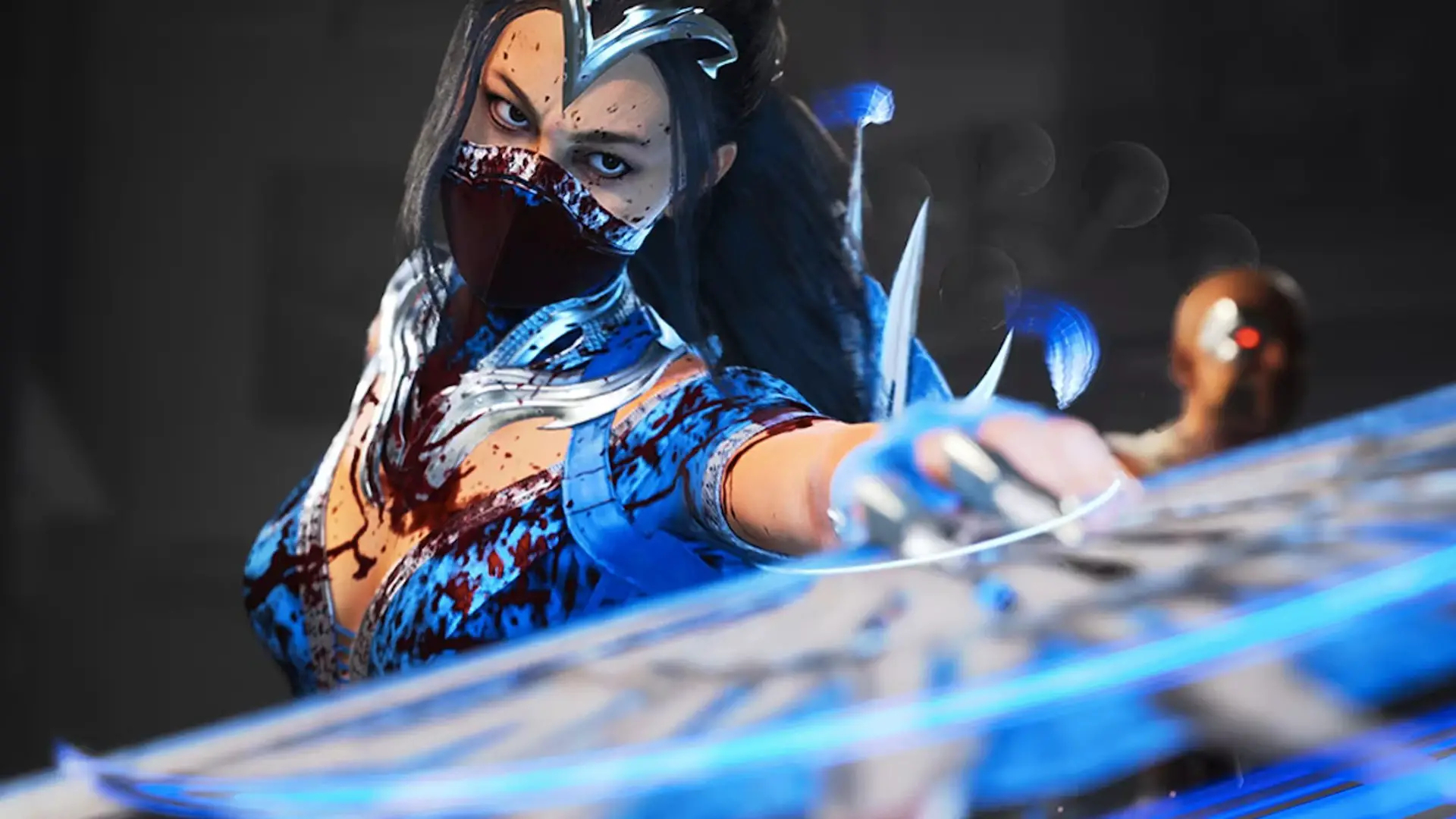
Sure, it’s a reboot, but Mortal Kombat 1 doesn’t shy away from the series’ extensive history, and that’s reflected in the cast of characters. Yes, many of the staples are here including Scorpion, Sub-Zero, Liu Kang, and Johnny Cage, however, an equal amount of room among the 23 roster spaces is dedicated to 3D-era combatants and new faces. Reiko returns, alongside Havik, Ashrah, Nitara, and Li Mei. Geras, who debuted in Mortal Kombat 11, makes the cut, too. While it may be disappointing to some to relegate the likes of Sonya Blade and Kano to Kameo fighters, NetherRealm should be applauded for being bold with its choices here instead of retreading old ground.
It also doesn’t hurt that the character designs are expressive and impressively detailed, and this can also be said of the new environments which are stunning. It’s in the background design that you can really see the upgrade in the engine as there’s a level of detail in these stages that eclipses prior games, and they are far more dynamic in motion. There’s a pop of color to even the darkest and dingiest arenas, with vastly improved animations, particle effects, and lighting.
At times it’s tough to believe that this is running on a custom version of Unreal Engine 4. Performance on the PS5 is also a rock solid 60fps with no frame drops or stuttering. It’s a game that looks great in motion and is awesome to behold due to the speed and fluidity of the characters. It’s thrilling to see a Kameo fighter emerge from the background during a lengthy combo and hit a breaker, or pop a character up for an unexpected 'turning of the tables' moment.
The fatalities are as unflinching as ever with the gore and viscera made even more gruesome by the capabilities of current-generation technology. While brutal, there’s a tongue-in-cheek sense to the over-the-top violence and literal liters of blood pouring out of your opponent. However, if you’re a little squeamish then you’ll want to avoid the game altogether. There is no option to disable blood or fatalities at this time.
Rip and tear
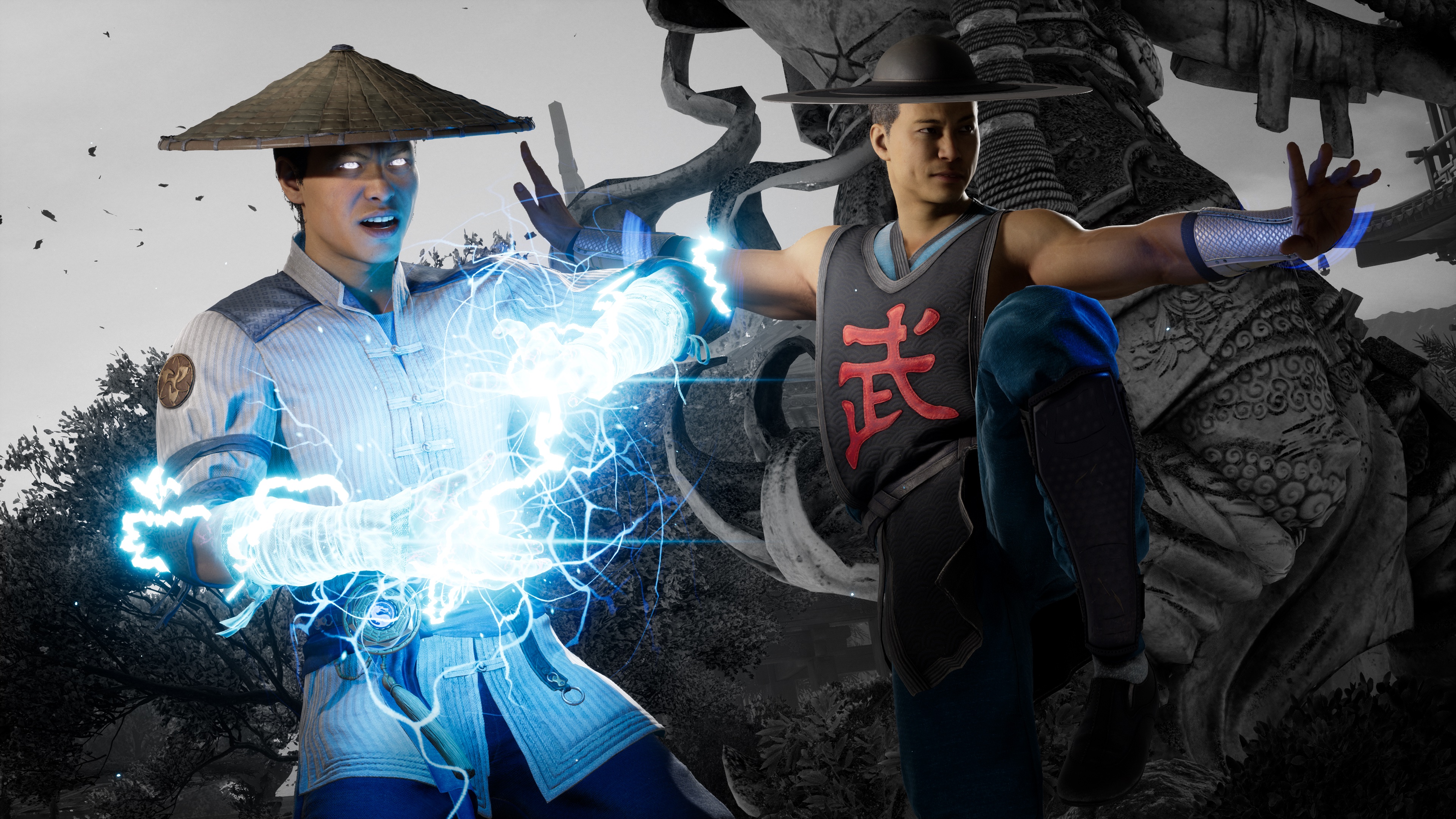
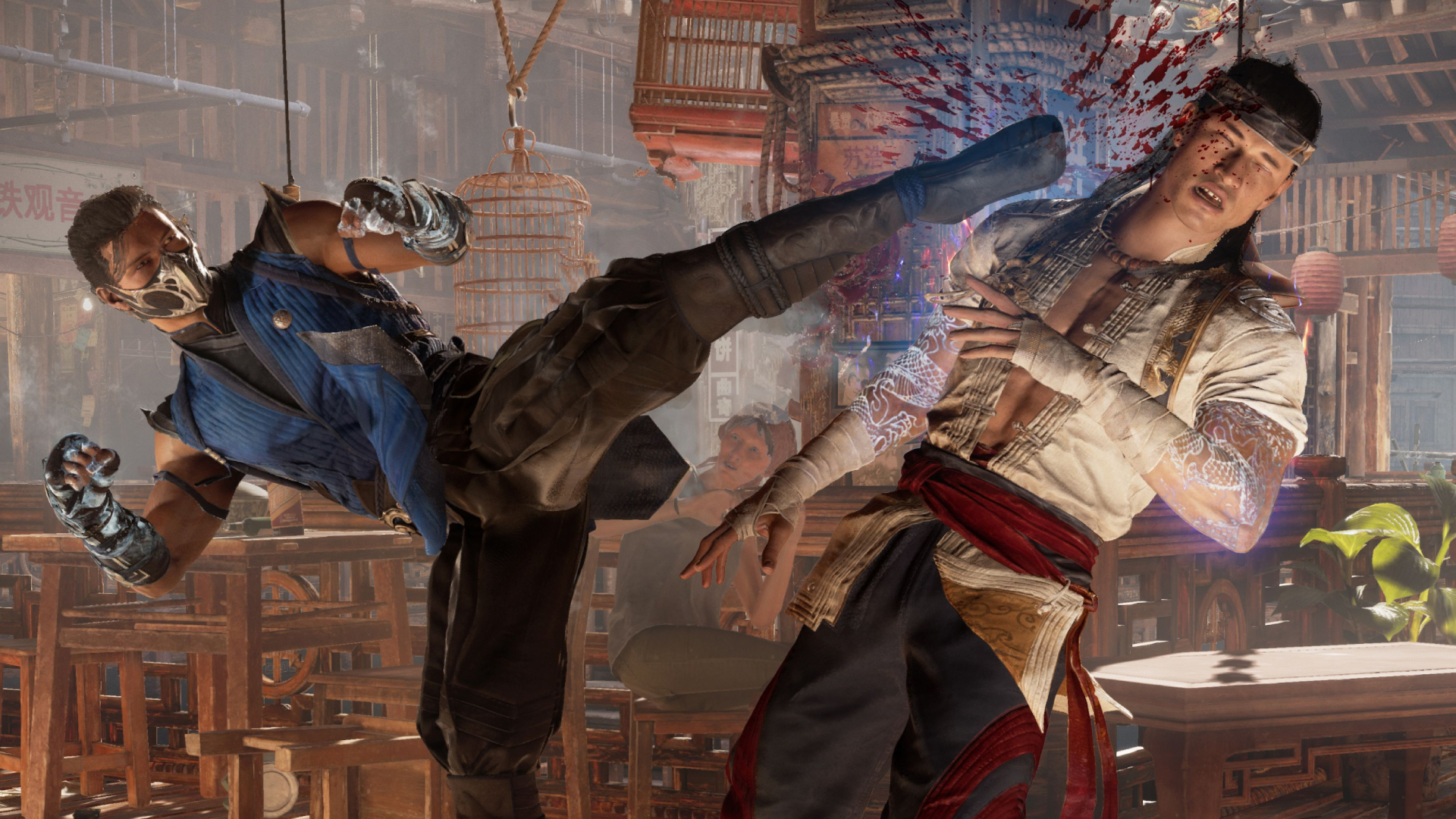
Getting to see all the ways that the story mode subverts expectations, reinventing the universe and making older characters and locations feel fresh
The core fighting experience of Mortal Kombat 1 is the deepest the series has ever been, and it all started by trimming the fat from the previous NetherRealm-developed titles in order to go back to the drawing board. Additions like the variation system, interactable objects in the environment, and the ability to meter burn have been cut in favor of a cleaner mechanical experience.,
Also not returning from Mortal Kombat 11 specifically are the breakaway system, Krushing blows, and the dual gauges for attack and defense. Instead, it’s back to the classic method of enhancing moves and using combo breakers which were introduced in Mortal Kombat (2011). In place of the ditched mechanics is the new Kameo system, which has you picking a second character that can be called upon during a fight to do a variety of different moves. There’s also the return of aerial combat, which was last utilized in Mortal Kombat: Armageddon when the franchise was still in 3D.
Every character has some form of meterless air-launch attack, whether through a string or a special move, which means combos can be taken to the air, or your opponent can be juggled or bounced to keep grounded combat going longer. This fundamentally changes not only the progression of matches, which are considerably faster than they were in Mortal Kombat 11 but also the way in which combos work themselves, as there’s so much you can do in this game than in any other Mortal Kombat title before it. This is especially true when factoring in a well-timed Kameo assist as well, as the likes of Sektor’s uppercut or Frost’s ice ball can give you the crucial milliseconds you need to keep a deadly combo going.
Depth and death
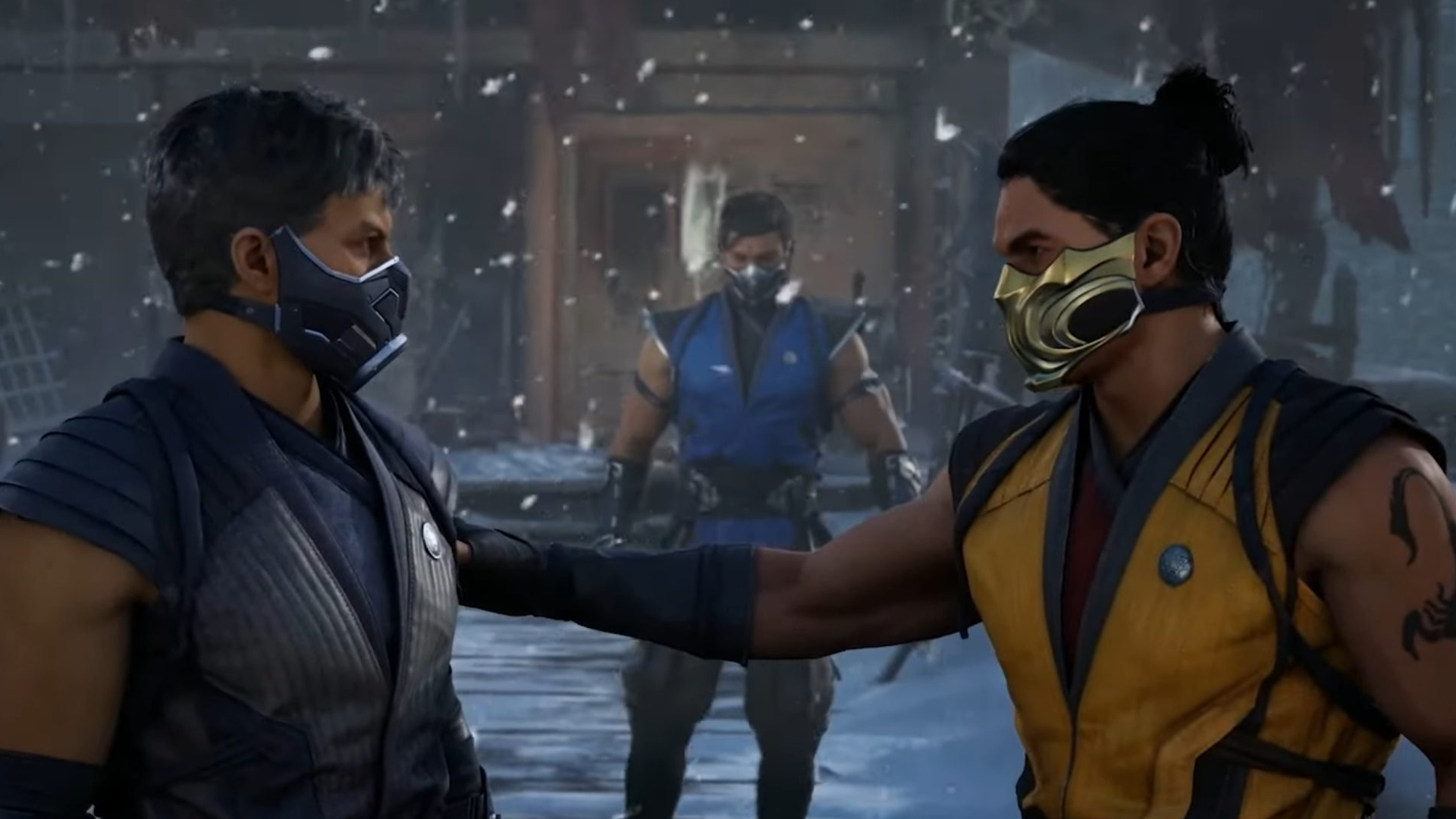
Mortal Kombat 1 features the most robust tutorial mode that I’ve ever seen from a big-budget fighting game which does an excellent job of teaching you the basics and prepping you for competitive play. That’s because there are dedicated step-by-step sections for effective offense, defense, and combos as well as more advanced mechanics like how to apply pressure, how to flawless block, effectively use wakeup attacks, dash cancel, dash block, and even understand frame data. There are even challenges for every member on the roster which includes some full combos to master, too. These tutorials are thorough and encompassing and can take players all the way through to competing in Kombat League or going to tournaments.
It’s a good thing because the combatants in Mortal Kombat 1 have intricacies. This latest entry has taken some clear inspiration from the likes of Guilty Gear Strive with the new archetypes that established fan favorites now embody. For example, Johnny Cage now has a hype meter that is built from effective parrying and taunting so that you can go into show-off mode which means you can use multiple special moves in rapid succession. That means lining up a ton of shadow kicks in the corner, chaining strings together with the Ball Buster (a groin punch), and an all-out aerial assault for a brief window. Cage isn’t the only person with unique mechanics, with several other characters boasting their own gimmicks - none more complicated than Kenshi, who can fight with a sword or just straight-up control his own ancestor while also getting stuck into the fighting himself.
There are a few settings that can make Mortal Kombat 1 easier for new players as well. You’re able to tweak the input window timing from long (on by default), to short, or medium which tightens how long you have to pull off a string, combo, or hit special cancels. This includes the ability to turn the release check on or off, which means special moves land on release instead of press, and button shortcuts as well. All told, there are many options for the game to be as forgiving or as punishing as you need. I played some of the game with the default settings before switching to the shortest input window with the release check turned off, as is preferable when playing competitively, especially if using one of the best fight sticks.
The more time I invest in Mortal Kombat 1, the more eager I am to jump into practice mode with an all-new character and learn what they're all about. Even after hundreds of matches, I am still discovering new strategies with the combatants, and the combo opportunities feel great to pull off. This is the most fun I've ever had with Mortal Kombat game to date, and I can't wait to see how the community and pro scene embrace the toolset that it offers.
Accessibility features
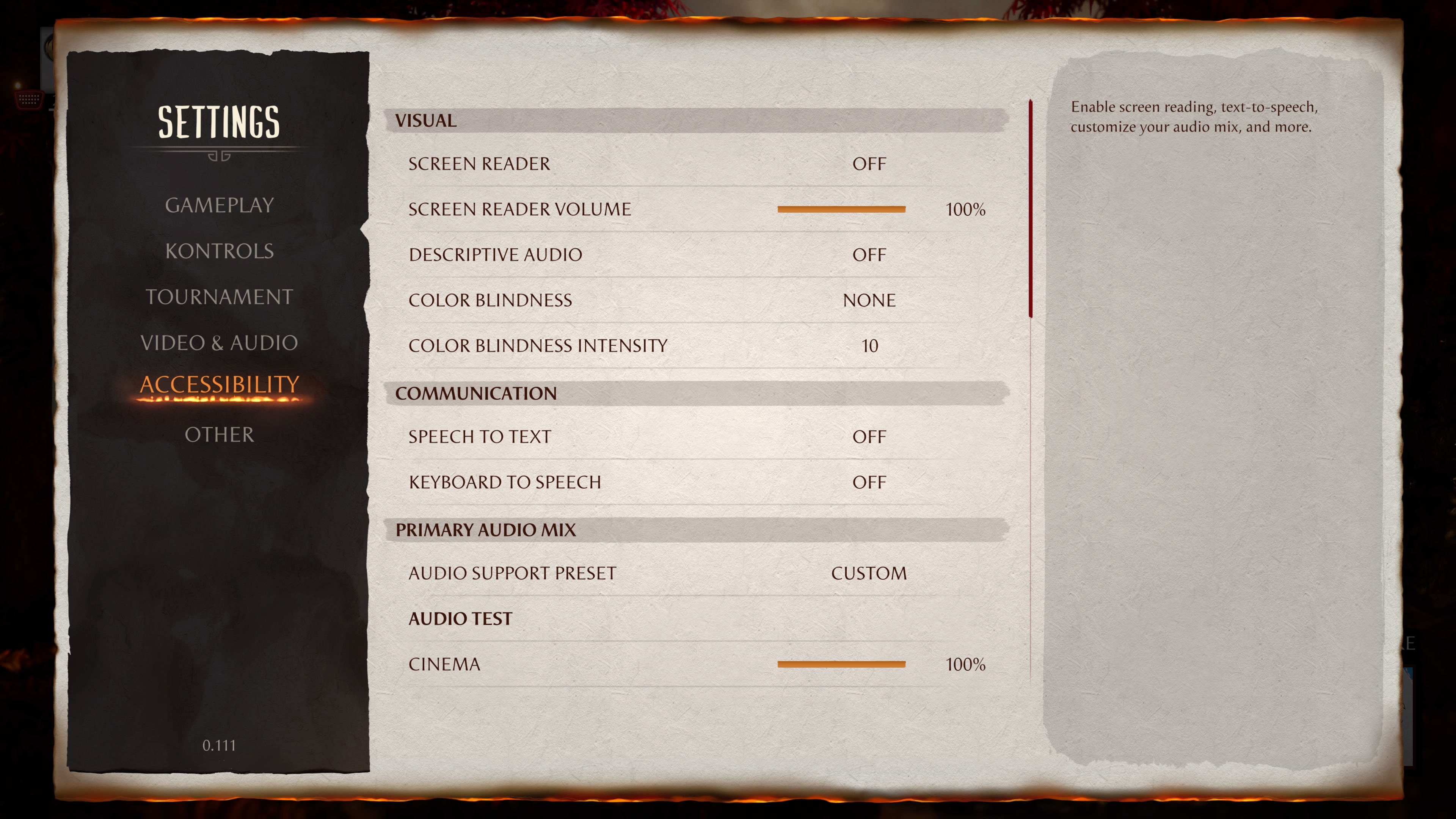
Mortal Kombat 1 features extensive accessibility features from a dedicated menu in the settings that include a screen reader option, color blindness mode with an intensity slider, descriptive audio, speech-to-text, keyboard-to-speech, and different audio mixes for those hard of hearing. It’s really encouraging to see a fighting game be this accessible and is a step up from prior efforts.
How we reviewed Mortal Kombat 1
I spent around 30 hours with Mortal Kombat 1 on PS5 and in that time I finished the story mode, completed the towers with almost the entire roster, thoroughly explored the first two playable maps in Invasions mode, and had around 100 matches outside of these modes with a mixture of the DualSense Wireless Controller, Victrix Pro BFG gamepad, and the Victrix Pros FS.
Gear up for Mortal Kombat 1 with one of the best PS5 controllers and one of the best monitors for PS5, or you can game on Team Green hardware with one of the best Xbox controllers and the best monitors for Xbox Series X.

Formerly TechRadar Gaming's Hardware Editor, Aleksha McLoughlin is now a freelance writer and editor specializing in computing tech, video games, and E-commerce. As well as her many contributions to this site, you'll also find her work available on sister sites such as PC Gamer, GamesRadar, and Android Central. Additionally, more of her bylines can be found on Trusted Reviews, Dexerto, Expert Reviews, Techopedia, PC Guide, VideoGamer, and more.
